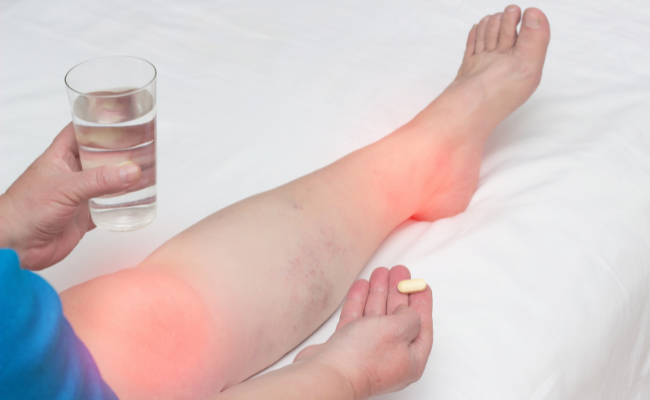How to Treat Whiplash?
- November 10, 2023
- No Comments
What is Whiplash?
hiplash, commonly linked to motor vehicle accidents, results from sudden, forceful back-and-forth head movement, causing strain and damage to the neck's soft tissues. While rear-end collisions are frequent triggers, whiplash can also stem from sports incidents, falls, or trauma. This injury prompts emergency treatment, with healthcare providers exercising caution to confirm, treat, and stabilize potential hazards before proceeding with care.
Why Does Whiplash Occur?
The mechanism behind whiplash involves a sudden acceleration-deceleration force applied to the neck. This force causes the neck to move beyond its normal range of motion, resulting in the stretching and tearing of soft tissues. The impact can also affect the cervical spine, leading to pain and discomfort. The abrupt nature of the motion, often experienced in car accidents or during high-impact activities, contributes to the occurrence of whiplash.
How is Whiplash Diagnosed?
Diagnosing whiplash necessitates a thorough examination by a healthcare professional. This evaluation typically includes a physical examination, a review of the patient's medical history, and, in some cases, imaging studies. X-rays, CT scans, or MRI scans may be employed to assess the extent of soft tissue and structural damage in the neck. Seeking prompt medical attention after a traumatic event is crucial for early diagnosis and intervention, as this can significantly impact the overall outcome and recovery process.
Treatment Solutions for Whiplash:
- Rest and Activity Modification: In the initial stages of whiplash treatment, rest is paramount to allow the injured tissues to heal. This may involve avoiding activities that exacerbate symptoms, such as prolonged sitting or engaging in activities that strain the neck.
- Pain Management: Over-the-counter pain relievers, including acetaminophen or nonsteroidal anti-inflammatory drugs (NSAIDs), may be recommended to alleviate pain and reduce inflammation. For more severe pain, prescription medications may be necessary.
- Physical Therapy: Physical therapy is a cornerstone of whiplash rehabilitation. Therapeutic exercises and stretches are designed to enhance neck strength and flexibility, promote healing, and prevent long-term complications. Manual therapy techniques, such as massage and joint mobilization, may also be incorporated to improve mobility and reduce muscle tension.
- Heat and Cold Therapy: Alternating between heat and cold therapy can be effective in managing whiplash symptoms. Cold packs are typically recommended in the first 24 to 48 hours after injury to reduce inflammation, while heat therapy may be beneficial in the later stages to alleviate muscle stiffness.
- Neck Braces or Collars: In certain cases, a neck brace or collar may be prescribed to provide support and restrict movement during the initial stages of healing. However, prolonged use is generally discouraged to prevent muscle atrophy and promote natural healing.
- Injections: For persistent pain, corticosteroid injections may be administered directly into the affected area to reduce inflammation and alleviate pain. This is often done in conjunction with other conservative treatments to enhance their effectiveness.
Benefit Points of Whiplash Treatment:
- Pain Relief and Comfort: The primary objective of whiplash treatment is to alleviate pain and discomfort, enabling individuals to resume normal daily activities without hindrance.
- Restoration of Range of Motion: Physical therapy and targeted exercises play a pivotal role in restoring the range of motion in the neck, preventing stiffness, and improving overall flexibility.
- Prevention of Long-Term Complications: Timely and appropriate treatment can prevent the development of long-term complications associated with whiplash, such as chronic neck pain, headaches, and a diminished quality of life.
- Improved Healing and Recovery: The combination of rest, therapeutic interventions, and pain management strategies enhances the healing process, facilitating a quicker and more complete recovery.
- Avoidance of Chronic Symptoms: Prompt diagnosis and treatment reduce the risk of chronic symptoms and long-lasting consequences, promoting a better prognosis for individuals with whiplash injuries.
- Enhanced Functionality: Rehabilitation measures and targeted therapies aim to improve the functionality of the neck, allowing individuals to regain full range of motion and engage in daily activities without persistent limitations.








.jpg)

.jpg)
Comments (0)
No comments yet